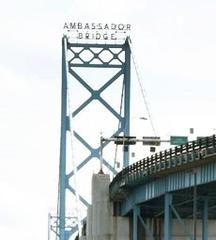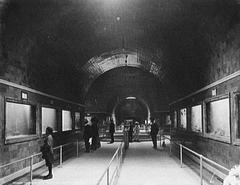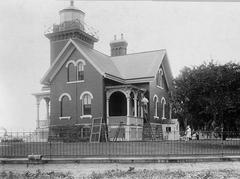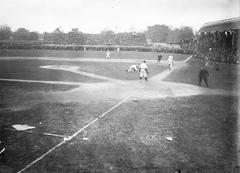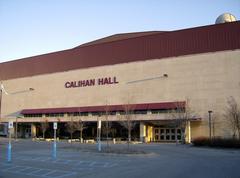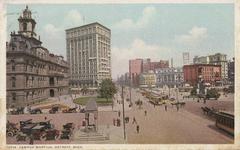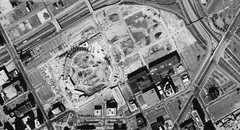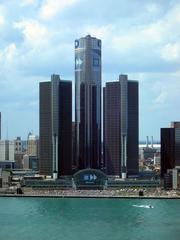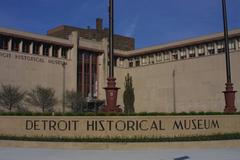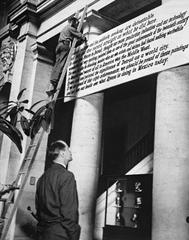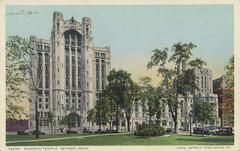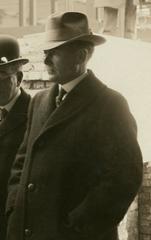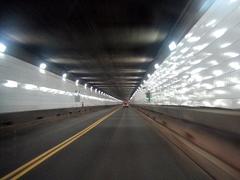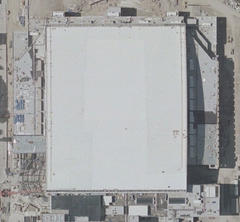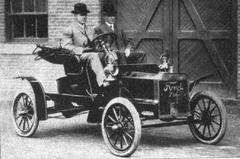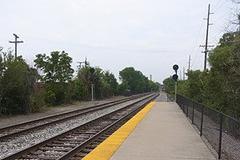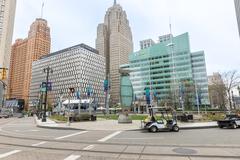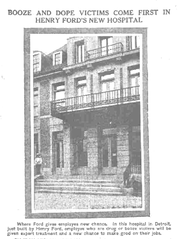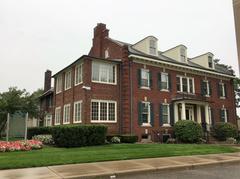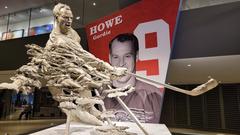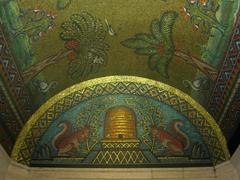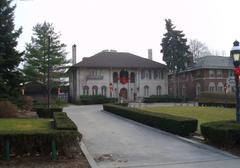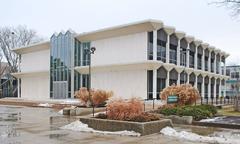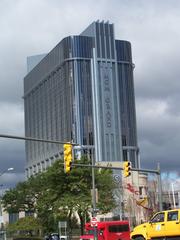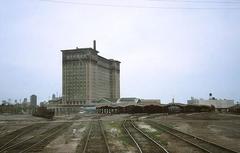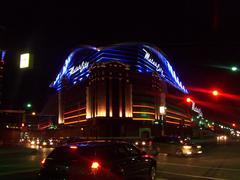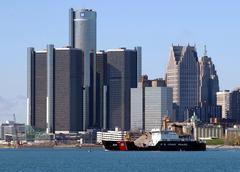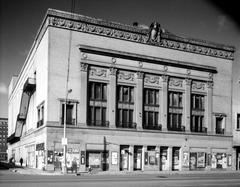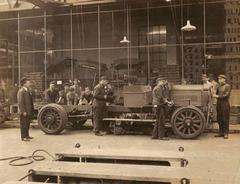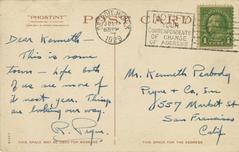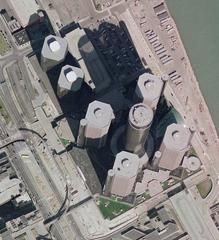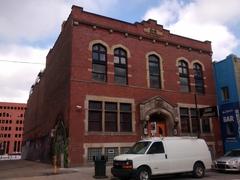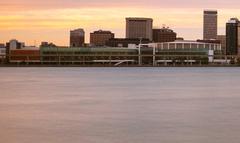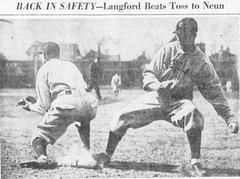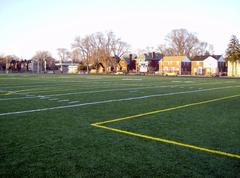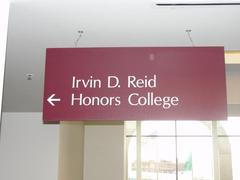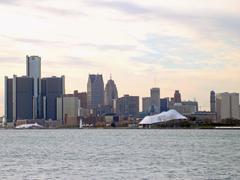
Michigan Soldiers' And Sailors' Monument
Michigan Soldiers and Sailors Monument Detroit: Visiting Hours, Tickets, and Historical Sites Guide
Date: 04/07/2025
Introduction
The Michigan Soldiers’ and Sailors’ Monument, centrally located in Detroit’s Campus Martius Park, is a landmark of immense historical and artistic importance. Erected in the aftermath of the Civil War, it commemorates the more than 90,000 Michigan men who served in the Union Army and Navy, many of whom gave their lives in defense of liberty and national unity. Designed by Randolph Rogers, a distinguished American sculptor, the monument reflects both the collective memory of the state and the nation’s enduring values of sacrifice, emancipation, and unity. This guide provides a comprehensive overview of the monument’s history, artistic features, visiting information, and practical tips, ensuring a meaningful and accessible experience for all visitors.
For further exploration, authoritative resources include the Detroit Historical Society, the Michigan History Center, and HERE Detroit.
Table of Contents
- Introduction
- Historical Background
- Monument Architecture and Symbolism
- Visiting Information
- Map and Visual Media
- Frequently Asked Questions (FAQ)
- Conclusion and Recommendations
- References
Historical Background
Origins and Motivation
The monument’s origins date back to Michigan’s rapid response to the Union cause at the onset of the Civil War. Michigan was the first state to answer President Lincoln’s call for volunteers following the attack on Fort Sumter in 1861—an act recognized by Lincoln himself (Michigan History Center). The desire to honor the sacrifices of Michigan’s soldiers and sailors gave rise to the idea of a public memorial, championed by civic leaders and veterans’ organizations.
Planning and Funding
The Michigan Soldiers’ and Sailors’ Monument Association was formed to oversee the project, relying on public donations rather than government funding. After initial debates, Campus Martius Park—Detroit’s symbolic “Point of Origin”—was selected as the monument’s site. This central location reinforced its civic and historical significance (Detroit Historical Society).
Dedication and Public Reception
Unveiled on April 9, 1872, the dedication ceremony was a major civic event, attended by prominent military figures and throngs of citizens. Patriotic displays, music, and speeches marked the city’s collective gratitude and remembrance. The monument quickly became a focal point for annual commemorations and gatherings.
Preservation and Modern Significance
Listed on the National Register of Historic Places in 1984, the monument has undergone significant restoration, including repairs in 1883 and a major relocation and rededication in 2005 to enhance its accessibility and prominence within Campus Martius Park (Detroit News). The 2005 restoration included the addition of a fountain, improved lighting, and updates to honor Michigan’s war dead from subsequent conflicts. The monument remains a living memorial and a vital part of Detroit’s civic identity.
Monument Architecture and Symbolism
Layout and Materials
The monument stands 56 feet tall, constructed of granite and bronze, and is strategically placed at the intersection of Detroit’s major avenues (Wikipedia). Its four-tiered, octagonal shaft rises from a robust granite base, which was enhanced with a fountain during the 2005 restoration (Detroit Historical Society).
Artistic Vision and Sculptor
Randolph Rogers, a Michigan-born sculptor renowned for blending neoclassical forms with American themes, designed the monument (Detroit1701.org). His vision was to layer allegorical and representational figures that communicate the ideals and sacrifices of the Civil War era.
Symbolic Tiers and Statues
Each tier of the monument conveys distinct symbolism:
- Base and Fountain: Engraved with dedications honoring Michigan’s Civil War dead.
- First Tier: Bronze American eagles symbolize vigilance and national spirit.
- Second Tier: Four bronze male figures represent the Union’s military branches—artillery, cavalry, infantry, and navy—each in period-accurate attire (Detroit1701.org).
- Third Tier: Four seated female allegorical figures, added in 1881, represent emancipation, history, victory, and union. Local tradition holds that the Emancipation figure may have been modeled after Sojourner Truth, though this is unconfirmed.
- Fourth Tier: Bas-reliefs of Lincoln, Grant, Sherman, and Farragut tie the monument to national leadership (Detroit1701.org).
- Summit: The “Michigania” statue—a Native American woman with sword and shield—personifies Michigan and symbolizes defense and resilience (HERE Detroit).
Inscriptions and Narrative Elements
Inscriptions include the dedication:
“Erected by the people of Michigan in honor of the martyrs who fell and the heroes who fought in defense of liberty and union.”
Additional plaques list the names of Michigan’s war dead and commemorate key Civil War battles. The 2005 rededication updated these lists to include more recent conflicts (Wikipedia).
Restoration and Preservation
The 2005 restoration included cleaning, structural repairs, and the installation of a new fountain and lighting. The monument’s status on the National Register of Historic Places ensures ongoing preservation and respect for its historical role (Detroit1701.org).
Visiting Information
Hours, Tickets, and Accessibility
- Visiting Hours: The monument is outdoors and accessible 24/7; daylight hours (8:00 AM–10:00 PM) are recommended for the best experience.
- Admission: Free to all visitors.
- Accessibility: Fully wheelchair accessible, with paved pathways and accessible parking nearby (Visit Detroit).
Guided Tours and Programs
Guided walking tours that include the monument are available through organizations such as the Detroit Historical Society and Preservation Detroit (Preservation Detroit). Educational programs and commemorative events, such as Memorial Day and Veterans Day ceremonies, are regularly held at the site.
Special Events and Community Role
The monument serves as the centerpiece for major public commemorations and community events. It is a gathering place for ceremonies that honor military service and foster civic pride (City of Detroit).
Travel Tips and Photographic Spots
- Visit in the early morning or late afternoon for optimal lighting and fewer crowds.
- The monument’s bronze figures and granite base offer excellent photographic subjects, especially with the city skyline or the park’s seasonal features as a backdrop.
- Combine your visit with nearby sites such as the Detroit Opera House, Guardian Building, and Detroit Historical Museum for a comprehensive Detroit experience.
Nearby Attractions
- Campus Martius Park: Hosts seasonal events and offers dining options (Campus Martius Park).
- Detroit Historical Museum: Deepens understanding of the city’s history.
- Guardian Building: A celebrated example of Art Deco architecture.
- Detroit Riverwalk: Scenic walking area along the riverfront.
Map and Visual Media

Alt text: Michigan Soldiers’ and Sailors’ Monument in Detroit’s Campus Martius Park, a historic granite and bronze Civil War memorial.
Interactive Map of Campus Martius Park and Nearby Detroit Historical Sites
Frequently Asked Questions (FAQ)
Q: What are the Michigan Soldiers’ and Sailors’ Monument visiting hours?
A: The monument is open 24 hours a day, but visits during daylight (8:00 AM–10:00 PM) are recommended.
Q: Is there an admission fee?
A: No, it is free to visit.
Q: Is the monument wheelchair accessible?
A: Yes, the monument and surrounding park are accessible for visitors with disabilities.
Q: Are guided tours available?
A: Yes, guided tours are offered by the Detroit Historical Society and Preservation Detroit.
Q: Are there special events at the monument?
A: Yes, the site hosts Memorial Day and Veterans Day ceremonies and other community events.
Q: Can I take photographs at the monument?
A: Yes, photography is encouraged.
Conclusion and Recommendations
The Michigan Soldiers’ and Sailors’ Monument is a cornerstone of Detroit’s historical and cultural landscape. It stands as a powerful tribute to Michigan’s Civil War veterans and a testament to the city’s resilience and civic pride. With its intricate artistic details, accessible setting, and central role in community life, the monument is an essential destination for anyone interested in Detroit’s history. Visitors can enhance their experience with guided tours, nearby attractions, and participation in commemorative events.
For updates on visiting hours, special events, and guided tours, consult the Detroit Historical Society, the Detroit Visitor Center, and the Audiala app for curated historical content and event information.
References
- Michigan History Center. (n.d.). Michigan Soldiers’ and Sailors’ Monument. (Michigan History Center)
- Detroit Historical Society. (n.d.). Michigan Soldiers’ and Sailors’ Monument. (Detroit Historical Society)
- Detroit1701.org. (n.d.). Michigan Soldiers and Sailors Monument. (Detroit1701.org)
- HERE Detroit. (n.d.). Soldiers and Sailors Monument Detroit. (HERE Detroit)
- National Park Service. (n.d.). Michigan Soldiers and Sailors Monument. (National Park Service)
- Waymarking. (n.d.). Michigan Soldiers and Sailors Monument Detroit MI. (Waymarking)
- Visit Detroit. (n.d.). Monuments & Memorials. (Visit Detroit)
- Detroit News. (2017, May 28). Soldiers and Sailors Monument restoration. (Detroit News)
- Detroit Free Press. (2018, November 11). Soldiers and Sailors Monument Detroit. (Detroit Free Press)
- Campus Martius Park. (n.d.). Downtown Detroit Partnership. (Campus Martius Park)
- Preservation Detroit. (n.d.). Tours. (Preservation Detroit)
- Audiala App. (n.d.). (Audiala App)











